Vesper Marine 2012, WatchMate Vision & AIS XB-8000
At METS next week, Vesper Marine will be previewing two very interesting additions to its line of AIS products. At left above is the black box (well, blue green actually) AIS XB-8000 Class B transponder and at right is the WatchMate Vision Class B with its sunlight-viewable color touchscreen display. When added to Vesper’s existing WatchMate series of monochrome devices — which includes the plain AIS target display 670, the receive-only model 750, and the full Class B 850 — it seems like the company will have a model for every taste. But the two new units have some pretty special attributes…
Both the XB-8000 and WatchMate Vision include NMEA 2000 ports as well as NMEA 0183 and USB. That’s nice because it means that the AIS target data can be easily distributed to most any modern multi-function display on a boat, and also because N2K makes it easy for the Class B to pick up heading data off the network. Heading is not a requirement of Class B, but it does make your target look right on other vessel’s screens when your boat is stopped.
And both of Vesper’s 2012 Class B transponders also contains a WiFi radio, extending the integration possibilities even further. As I understand it, both will work right away with iNavX (for iThings) and Vesper will also offer an app “which has deeper integration allowing you to remotely control and monitor (eg. have alarms popup, silent them remotely, mark the anchor, go into silent-mode, interrogate status, etc.).”
In other words, even owners of the black box XB-8000 transponder will have access to Vesper’s sophisticated AIS plotting and alarming routines, and its nifty anchor watch function. All of which worked great for me this last season, though I’ve yet to write a full review of the WatchMate 850 (and now my main complaint — no NMEA 2000 — is more than taken care of).
Another aspect of Vesper’s WiFi implimentation is that either the Vision or XB8000 can “serve as an access point so you don’t need other hardware” or can “be configured as a normal WiFi client and join an existing network so it can coexist peacefully without requiring you to constantly switch WiFi networks on your tablet/phone/computer.” The devices also “support WPA/WPA2/etc. security in either mode.”
And did you notice how sexy the WatchMate Vision interface appears? For one thing there’s a global base map to help orient your AIS situational awareness, at least when you’re near land. Plus there’s an app-style touchscreen icon system that you can see below, and which is purportedly usable “even when hands are wet or wearing gloves.” Note also the touch gizmo that’s just right of the screen, which apparently controls the “WatchMate Wheel” menu that you can see in the top photo. I haven’t actually seen a WatchMate Vision, and I don’t yet know the price, but I can’t think of any dedicated/integrated Class B AIS feature that Vesper left out. Can you?
At any rate, I’d certainly visit the Vesper Marine booth if I were going to METS, and am happy to report that our man in the Netherlands, Kees Verruijt, is going and will report once again on Panbo. Meanwhile, you can find thorough Vesper WatchMate Vision and XB-8000 press releases here.


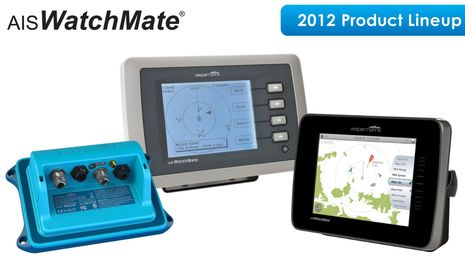
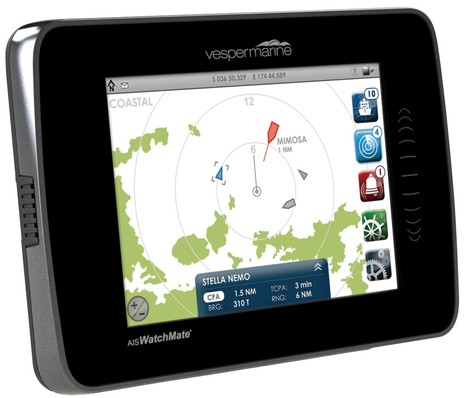

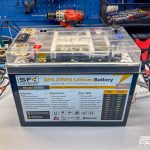
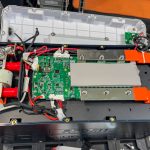
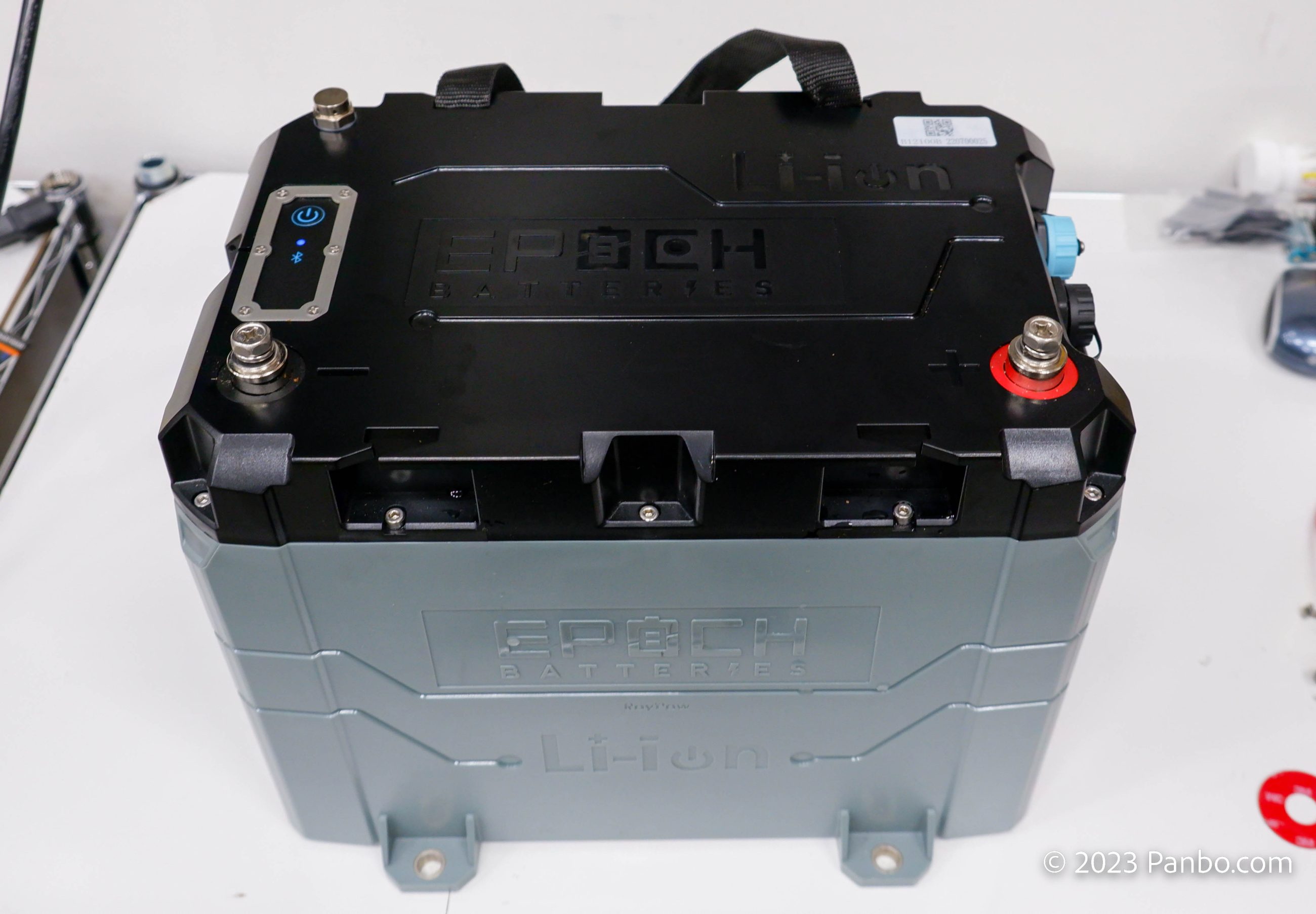







I’ve used the WatchMate product for a few years now and am very happy with it. It’s paired with a Furuno FA-50 Class B transponder and a few other devices via an Actisense NMEA0183 multiplexer.
The installation is on a Niagara 35 sailboat.
I recently upgraded from the original 650 model to the 670 and found Vesper Marine very helpful and accommodating.
Nothing but good things to say about the product and the firm.
Looks great. I will hold off on buying a Watchmate until the new ones are in …
One of the advantages of the Vesper systems was the low power draw especially as compared to running a chartplotter offshore or even compared to the Icom and Simrad dedicated AIS displays.
Started using AIS for the first time this year on the boat I manage. Makes the foggy Halifax approaches so much less stressful.
Love the website. Normally I just lurk.
Max
Ben,
Shouldn’t the term be “AIS Transceiver” rather than “AIS Transponder”?
Marius
[representing anally retentive, technically correct but socially frustrating english speakers]
Marius, you’re right that AIS units are technically not transponders. But “transceivers” doesn’t really cut it either, because AIS is so automated. Even the U.S. Coast Guard uses “AIS transponder” now and as far as I’m concerned that’s the way it’s going to be.
Ben,
Two questions regarding AIS.
1. Is the Coast Guard going to attach AIS transponders to their important AToN’s? When I purchased my Vesper 850 a year ago it seemed as though this was in the works. I was thinking of the way a chart plotter, GPS, Radar and AIS could be intergrated to provide real situational awareness.
2. Is the SRT (personal locator) transmitter being actively addressed? This device should be the ultimate in MOB recovery, however the cost should be reasonable.
I am running a NMEA0183 system vs NMEA2000. I do not desire a system which can be disabled by just the failure of one component. Networking may be the wave of the future, but not when it comes to safety. Recreational boaters may not have redundancy built in like the USCG, US NAVY and commercial vessels. I think the KISS method is the best approach.
Thank you,
John (WestWind-Sail & Plan “B”-Bayliner 2452)
Hi John,
Sorry, I don’t know what the USCG is up to with AIS equipped AToNs. Nor have I heard about the SRT personal AIS SART recently. But I have tested the EasyRescue model: http://goo.gl/n3d1H
I too am excited about AIS SARTs for MOB use, but my understanding is that the regulations required to approve and sell them in the U.S. still have not been finished.
Regarding your caution abut NMEA 2000 data networking, have you ever heard of a case in which “the failure of one component” disabled a network? I’ve heard about some vague problems occurring on large N2K networks, but not normal size ones that have been installed properly. If you, or anyone, has specifics on such a failure, I’d be happy to document it here.
Ben,
I have not heard or experienced 100% failures of N2K networks. I have experienced partial failure of well installed networks. Full failures were limited by fuses isolating portions of the network. By this I am referring to networks with multiple current inputs isolated via fuses etc whereby individual voltage/current inputs are isolated from the rest of the system. Admittedly, I’ve decreased the fuse value to just above what I can calculate the load to be on any part of the network. Nonetheless, I’ve survived direct lightning strikes with only partial damage that in the past wiped out the entire 0183 system.
Has anyone tried the Vesper AIS XB8000 with the Iphone App? I downloaded the App and it seems very basic, still in version 1.0 since October. I’d be interested in anyone’s experience with it and particularly the anchor watch on the Iphone. I’d like to be able to have a remote anchor watch screen/monitor and this product seems ideal for that purpose. I’m debating purchasing this model versus the 850 transponder to go along with a Raymarine C95 chartplotter.
WatchMate Vision – WiFi touchscreen AIS transponder seems to finally have approval and is on Vesper’s store for purchase.
Has anyone successfully set up the XB-8000 on a Raymarine STng network with an i70 instrument? I need a decent and reliable alarm function (the i70 has one). As Adam mentioned, the app is quite basic (now version 1.1) and offers no alarming (AIS or anything else).